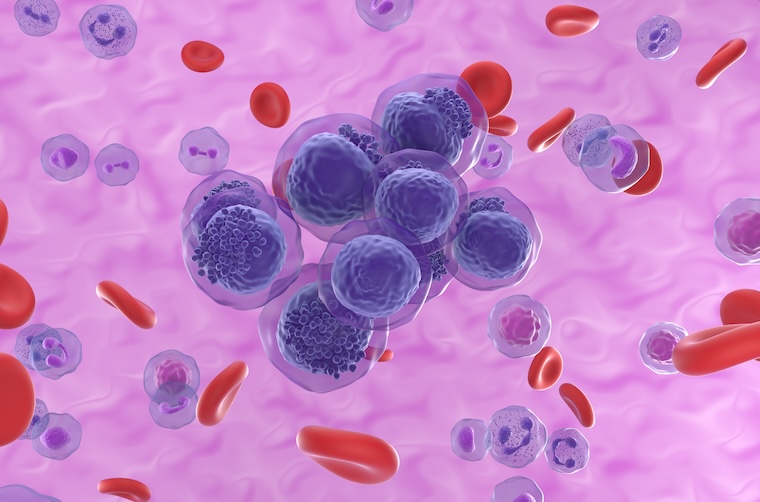Researchers at UVA Cancer Center have found that they can identify acute myeloid leukemia patients at risk of poor outcomes by measuring specific "bioactive molecules" in their cancer cells. That discovery could help doctors provide better, more tailored treatments.
The research team used machine learning to analyze bioactive molecules known as "sphingolipids," which are thought to play key role in the development of AML and in determining its ability to resist treatment. By measuring these lipids, the research team could split AML into two subtypes, high risk and lower risk. Patients in the high-risk subtype were at double the risk of treatment failure.
The researchers say identifying patients in the high-risk subtype could spare them from intense chemotherapy that is unlikely to work for them. Instead, they say, doctors could direct the patients to clinical trials of emerging treatments that may be more likely to work for them.
Further, doctors eventually may be able to target the sphingolipids to make the high-risk subtype behave more like the lower-risk subtype. That could increase the odds the patients would respond to treatment.
“More research needs to be done to confirm our findings, but we believe this lipid-based subtyping could lead to tailored treatments to AML patients,” said researcher Thomas P. Loughran Jr., MD, director of our Cancer Center. “We're currently in an exciting phase of studying how lipids affect blood cancers, as we're about to start a clinical trial using ceramide nanoliposomes for AML.”
